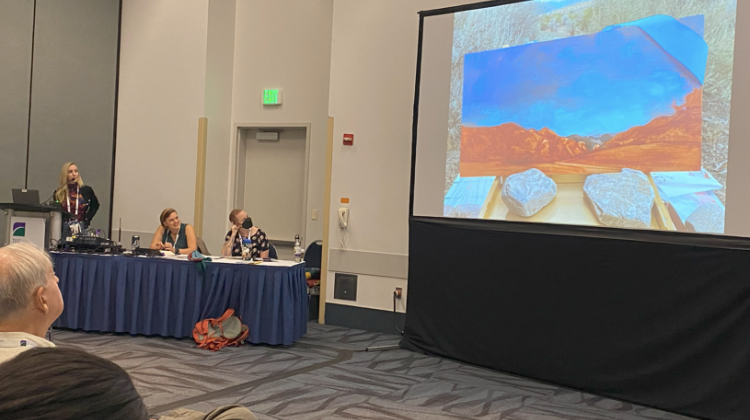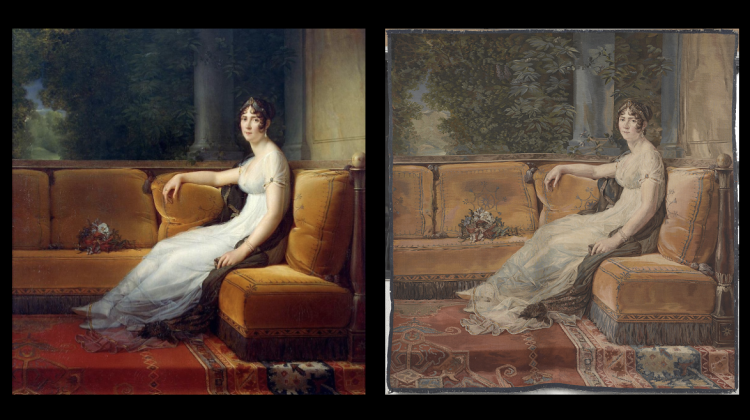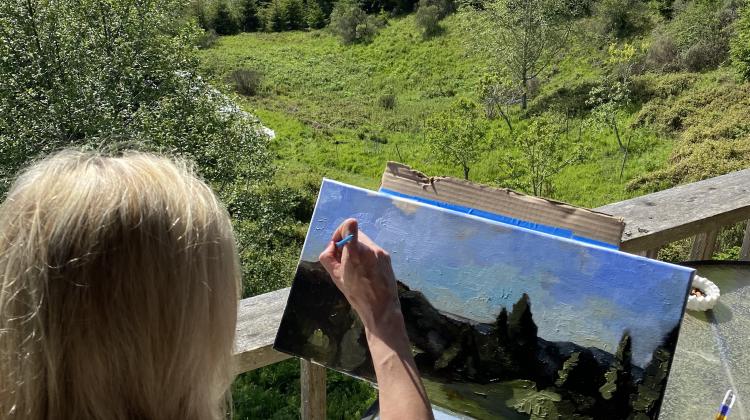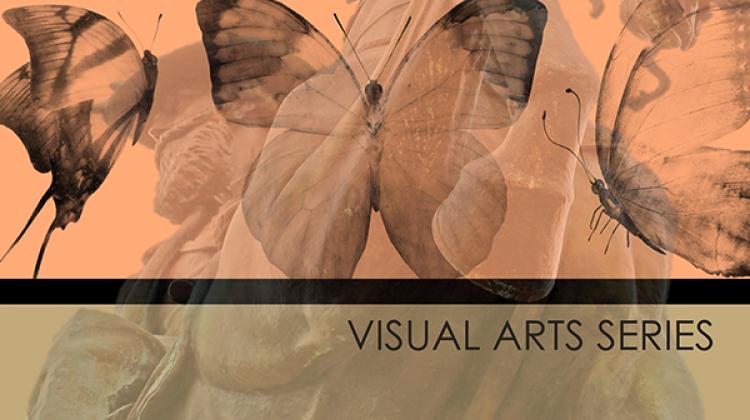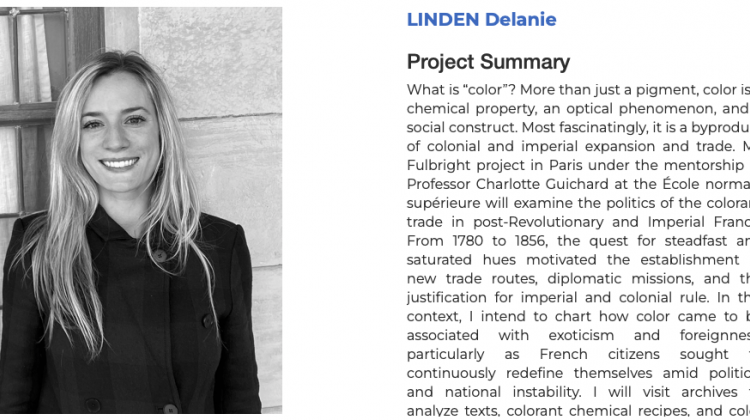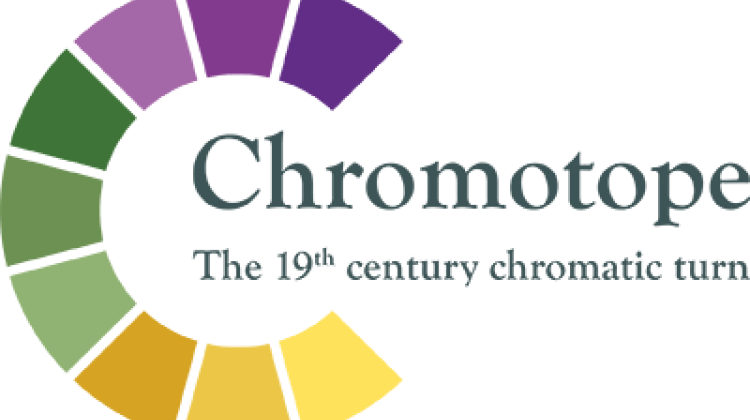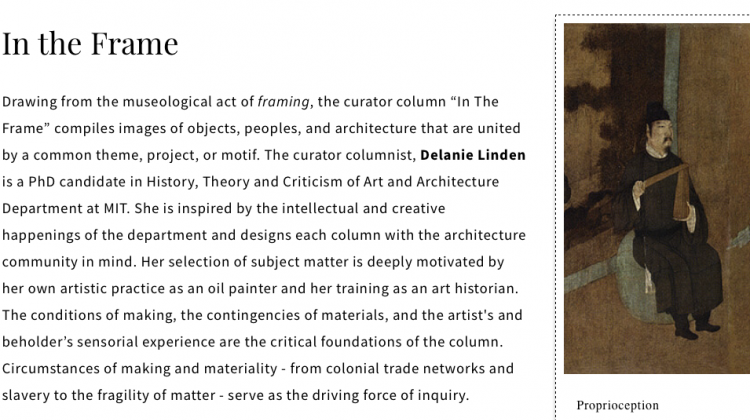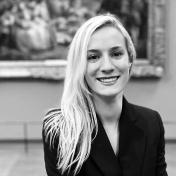Delanie Linden
Delanie J. Linden earned her Ph.D. in 2025 from the History, Theory + Criticism of Art and Architecture program at MIT. Her work is broadly concerned with the global trade of material culture as well as art and architecture materials imported into Europe and how these objects and resources influenced taste, local materials science, art techniques, architectural interiors, decorative arts and design, optical perception, and political economies in the nineteenth century. Technical Art History and artificial intelligence technologies guide Linden's history of art, architecture, and history of science research.
In her dissertation, “Other Colors: Chroma, Chemistry, & the Orient in Nineteenth-Century France,” chaired by Prof. Kristel Smentek, Linden charts the history of color, colorant chemistry, and color optics in French and Chinese material culture and interior design in the eighteenth and nineteenth centuries. She was a fellow at the Beckman Center for the History of Chemistry in Philadelphia. She was also an Open-Research Award Fulbright Fellow in Paris, France hosted by Charlotte Guichard, Professor of Art History at the École normale supérieure (See MIT's News Story Here!) and also an Institut Français d'Amérique Harmon Chadbourn Rorison Fellow and a Kress fellow at Middlebury College Language Schools.
Linden's research has been peer-reviewed and published in The Getty Research Journal, Nineteenth-Century Art Worldwide, The Journal of Interdisciplinary History, and Refract, and featured by The Art Newspaper, SMU’s Meadows School of the Arts, CNN, and others. She has two edited-volume chapters on the ‘chromatic turn’ of early nineteenth-century French painting, in which she situates her research's chronological scope at the dawn of what Chromotope scholars have termed the 'chromatic turn' of the mid-nineteenth century. She has presented her work at the École normale supérieure, SECACS, ASOR, Rice University, Harvard, University of Cambridge, and numerous others, and has received funding support as an MIT Presidential Fellow, a Decorative Arts Trust research grant awardee, and an SMU art history scholarship recipient. Linden was awarded a CAMIT grant for her portraiture biometrics project.
Prior to MIT, Linden received an M.A. in art history at Southern Methodist University (advisor Amy Freund) and degrees in neuroscience and art history at the University of Michigan (advisor Susan Siegfried). At Michigan, her scientific research examined the effects of endocrine disrupters (Bisphenol-A) on sexually dimorphic brain regions of sheep. In her art history coursework, she was drawn to early modern artistic engagement with philosophies of the senses. She has since sought to forge her dual interests in science and art throughout her Ph.D. at MIT. Her art history course “Art & Perception in Eighteenth- & Nineteenth-Century Europe,” advised by MIT professor Caroline A. Jones, explores philosophies of perception and art history. Her publication, “The Future of Women is the Future of the Nation,” (Getty Winter 2022), advised by Professor Ewa-Lajer Burcharth (Harvard), examines the confluence of art and gender. Linden was also a research assistant for the laboratory Chromotope (2022), comprised of a team of scholars from around the globe whose research centers on color.
Linden’s academic service extends well beyond her career as a researcher. Her passions include mentorship, teaching, feminist activism, and graduate student professional advising:
- Linden was a Graduate Residential Tutor for New Vassar House at MIT, where she mentored MIT undergraduate students and organizes study breaks.
- She co-founded the datafeminist curatorial collective Women21stCentury, which was awarded support by the EU Commission’s STARTs in Motion program. In 2021, Linden was invited to speak at Ars Electronica, where she co-moderated three workshops on “Activating the Archive,” and at Agora Digital Art, in which she led a series of panel discussions on AI gender bias with curators and contemporary artists.
- She has been a teaching assistant for numerous MIT and SMU courses and led recitation sessions for Professor Mark Jarzombek’s “Global Architecture” Spring 2021 course.
- She wrote a curatorial blog for MIT’s Out of Frame, which curates images and ideas about art and architecture centered on a weekly theme.
- She was also a CAPD fellow at the MIT Career Advising & Professional Development center, in which she created resources, lead workshops, and advised students about careers.
W21 is a data-feminist participatory research platform focusing on post-feminism and intersectional practice in art, science, culture, and technology. We aim to map feminist practice and to write a collaborative manifesto for the digital era, with deep considerations of gender, class or race.



